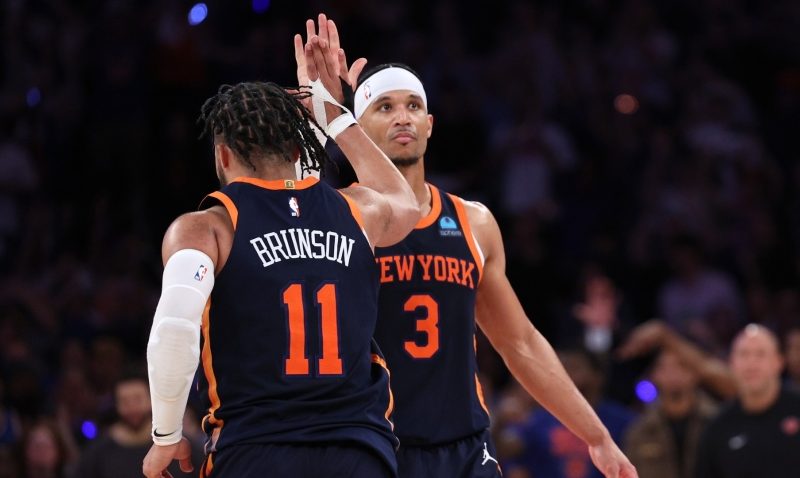- 23 May 2024
- 888
Women’s Sports: Celebrating Female Athletes in America

The evolution of women’s sports in America is a testament to perseverance, passion, and progress. From the days when female athletes were marginalized and their achievements overshadowed, to today’s landscape where women’s sports are celebrated and their stars revered, the journey has been remarkable. This article delves into the history, current status, and future prospects of women’s sports in America, highlighting key milestones and the inspiring stories of female athletes.
Historical Context

Early Challenges and Milestones
Women’s participation in sports dates back to the late 19th and early 20th centuries, but it was often met with resistance and societal barriers. The first significant breakthrough came with the establishment of physical education programs for women in colleges and universities. The 1920s saw the rise of women’s competitive sports, though opportunities were limited.
The Impact of Title IX
A pivotal moment in the history of women’s sports was the passage of Title IX in 1972. This federal law mandated equal opportunities for men and women in educational institutions, including sports programs. Title IX dramatically increased female participation in athletics, providing the necessary infrastructure and support for women to compete at higher levels.
Celebrating Modern Female Athletes
Trailblazers and Record Breakers
The late 20th and early 21st centuries have seen a surge in the prominence of female athletes. Icons like Billie Jean King, who famously defeated Bobby Riggs in the “Battle of the Sexes” in 1973, and Mia Hamm, who led the U.S. women’s soccer team to victory in the 1999 World Cup, have paved the way for future generations.
Rising Stars and Current Champions
Today, athletes like Serena Williams in tennis, Simone Biles in gymnastics, and Megan Rapinoe in soccer are household names. They have not only excelled in their respective sports but have also become influential figures advocating for gender equality, social justice, and empowerment.
The Business of Women’s Sports
Economic Growth and Sponsorship
The commercial viability of women’s sports has grown significantly. Sponsorships, media deals, and merchandising are areas where female athletes and women’s sports leagues are making substantial strides. Companies are recognizing the value and market potential of women’s sports, leading to increased investment and visibility.
Media Coverage and Representation
Media representation has played a crucial role in the rise of women’s sports. Increased coverage on major networks, social media platforms, and dedicated sports channels has amplified the reach and impact of female athletes. This visibility is essential for inspiring young girls and promoting wider acceptance and support for women’s sports.
Challenges and Opportunities
Addressing Inequality and Bias
Despite the progress, female athletes still face challenges, including pay disparities, less media coverage compared to their male counterparts, and societal biases. Efforts to address these issues are ongoing, with advocacy groups, athletes, and allies pushing for equal treatment and opportunities.
The Future of Women’s Sports
The future looks promising for women’s sports. The growing grassroots programs, increasing professional opportunities, and the continued fight for equality suggest that the trajectory will continue upward. Innovations in technology, expanded media coverage, and sustained advocacy will likely enhance the landscape even further.
Analysis Table
| Aspect | Description | Impact |
|---|---|---|
| Historical Milestones | Key events such as the passage of Title IX and major victories by female athletes. | Increased participation and opportunities for women in sports. |
| Economic Growth | Growth in sponsorships, media deals, and merchandise for women’s sports. | Enhanced commercial viability and financial support. |
| Media Coverage | Increased visibility on television, social media, and sports channels. | Greater public interest and support for female athletes. |
| Current Challenges | Pay disparities, limited media coverage, and societal biases. | Ongoing efforts needed to achieve full equality. |
| Future Prospects | Expanding grassroots programs, professional opportunities, and continued advocacy. | Promising outlook for the sustained growth of women’s sports. |
Comparative Table
| Era | Key Developments | Notable Athletes | Challenges Faced |
|---|---|---|---|
| Pre-1970s | Limited participation, early PE programs | Mildred “Babe” Didrikson Zaharias | Societal resistance, lack of infrastructure |
| 1970s-1990s | Title IX, rise of professional leagues | Billie Jean King, Chris Evert | Initial growth, ongoing gender biases |
| 2000s-Present | Increased media coverage, commercial growth | Serena Williams, Megan Rapinoe | Pay disparities, media representation issues |
| Future Outlook | Technological advancements, expanding grassroots programs | Emerging stars in various sports | Continued fight for equality, need for sustained investment |
Conclusion
The rise of women’s sports in America is a celebration of resilience, progress, and achievement. From overcoming historical challenges to breaking records and inspiring millions, female athletes have redefined what is possible. While challenges remain, the future of women’s sports is bright, with opportunities for continued growth and greater equality. The journey is far from over, and the celebration of female athletes continues to inspire and uplift society.

